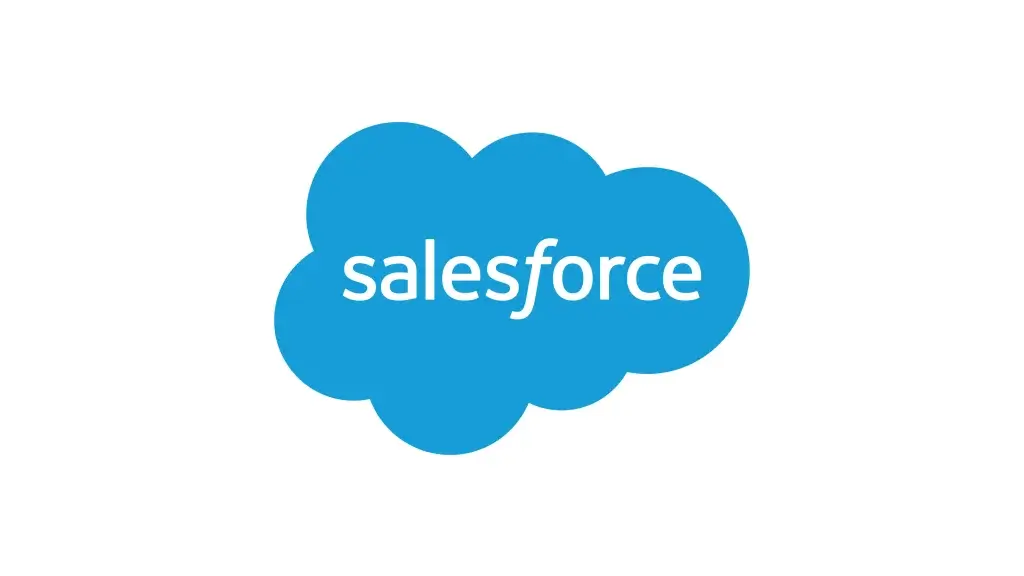Today, the term omnichannel is used everywhere, we know – or at least think we know– what it means, but it would be very difficult to find just one perfect definition. Omnichannel as a term represents a strategy, a comprehensive approach, whose aim is to communicate efficiently with a client through all available channels. To share information with the client in an interconnected and unified way and at the same time, allow them to contact you in a manner that’s convenient for them. Mutual interactions history should then create a coherent whole. Whether we leverage omnichannel strategies for marketing,sales or service centers, the ultimate goal is to improve customer experience and make communication more efficient. Naturally, there are many specific tools and ways how to implement it.
One-stop shop
This is the most frequently associated term. It’s a strategy where multiple communication channels are used and managed ideally from a single place. Let’s have a closer look at Omnichannel as a Salesforce tool which comes to play when data are gathered in one place and we need to manage routing to agents automatically. We’ll talk about how communication can be integrated into Salesforce in one our future articles. Let’s just briefly mention the main OOTB tools:
1. Web to Case to generate a case from the website,
2. Email to Case for email communications,
3. or Live agent for chatting.
But back to omnichannel.
Omnichannel – Salesforce tool
Omnichannel, a Service Cloud tool, routes work to agents in real time. Items like chats, cases, leads or social media posts are assigned as work units to agents based on predetermined criteria.The agent accepts the job via the Omnichannel console in Salesforce. That’s a brief definition, now let’s look at a real-life scenario.

Work assignment made more efficient
In Salesforce, there are pending work units – unresolved service cases, emails, missed calls. What does it look like without omnichannel when a team of agents comes to work on Monday and starts handling cases? For example, they might manually cherry-pick cases one by one relying on list views. In some cases, an agent might grab another agent’s work or an unwanted item might be overlooked for days. How can Omnichannel help?
With Omnichannel, work is distributed to agents automatically based on predetermined strategies.

https://www.salesforce.com/products/service-cloud/features/omni-routing/
How to start
To make maximum use of Omnichannel, we need a multi-layer configuration with predetermined items, such as: Service Channels which define a set of items that can be used in omnichannel (the so-called work items), e.g., Case, Chat, Lead, Ordering Custom Objects. Yes, almost any record can be automatically pushed to agents! 🙂
Presence statuses are statuses that agents can choose when they enter the Omnichannel console. They announce whether the agent is available and for what channels (objects). Agent statuses are defined in the profile.
Routing Configuration is an overarching configuration setup. Routing is assigned to queues from which work is pushed to agents. A routing strategy is determined – a queue-based or skill-based strategy –, more on that later. In addition, we determine whether an agent should be preferred based on their activity or availability. The Agent’s availability is given by their free capacity and the capacity taken by each work unit is determined here as well. Last but not least, the priority level is configured.
Queues or skills?
With routing configuration, we mentioned two different work assignment strategies – queue-based routing and skill-based routing. Let’s look at the difference.
Queue-based routing enables you to route work from a queue to agents assigned to that queue. To make the process efficient, it is essential to correctly identify a set of queues and assignment rules, and finally assign agents to queues. Skill-based routing isa more sophisticated strategy. It allows you to route work to the most suitable agent based on their skills. First you define a set of skills and then assign each agent a proficiency level from 0 to 10. The so-called skill-mapping setup is used to match work items with skills automatically, where based on attributes in a given record, skills required to handle the task are assigned automatically.
Enough theory – what about real-life experience?
Usually, wedesign several routing configurations that work well together, creating a holistic strategy. This ensures that chats are routed with the highest priority, while using up only 25% of the capacity, so one agent will handle 4chats at the same time. Whereas service cases might have a lower priority,taking up 50% of the capacity. Queue-based and skill-based strategies can be combined, however, usually just one of them matches the client’s requirements.
When configuration is not enough
Omnichannel Is a very useful and popular tool with many benefits even when used in its basic setup. However, if omnichannel OOTB options are not sufficient, it’s possible to extend or replace them with a custom-made solution. For example, by using a logic implemented on the Salesforce platform or by using an external management system. Then it’s up to the system to decide what work unit is shown to which agent in the Omnichannel console.

No mess, please
How not to lose track when everything is done automatically and so quickly? How to keeptrack of agent workload or customer wait times?
Apart from traditional reporting, there is a very practical tool available – Omnichannel Supervisor,which enables real-time monitoring.

https://trailhead.salesforce.com/




